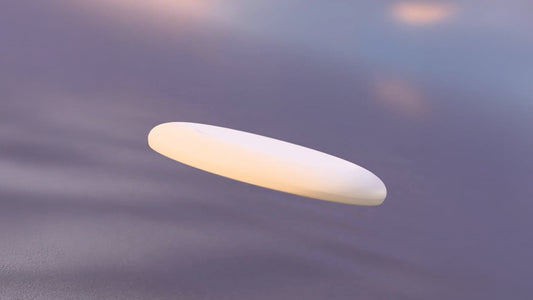In the fashion industry, a circular economy prioritises the use of durable and sustainable materials in the creation of garments, focusing on managing the end-of-life status through methods such as recycling and BioCycling (biological recycling). In this blog post, we will delve deeper into the distinctions between these processes, the end-products they produce and what steps need to be taken to move us towards a more circular and sustainable future.
What is recycling?
Recycling is a widely accepted and long established practice that plays a crucial role in the fashion industry. The process involves recovering textile waste and transforming it into new products or materials.
Recycling has a number of benefits that can help to preserve the environment and conserve resources. One of the most significant benefits of recycling textiles is the reduction of landfill waste. Textile waste accounts for a significant portion of the total waste sent to landfills. By recycling textiles, we can reduce the amount of waste that ends up in these landfills, helping to preserve the environment. Additionally, textile production requires significant amounts of resources such as water and energy, by recycling textiles we can conserve these resources and reduce the environmental impact of textile production.

Why recycling is not enough to solve the fashion industries waste issue
Recycling can certainly help to reduce the waste associated with the fashion industry but it is not a complete solution to the problem. While recycling can help to reduce the amount of waste going to landfills, it does not address the root causes of waste in the fashion industry, such as overproduction and fast fashion trends. Not all materials used in textile design and development can be effectively recycled, particularly when garments are made from a blend of materials, which can make separation and recycling challenging. Furthermore, the cost associated with sorting and cleaning textile waste can be high, making it difficult for small companies to invest in recycling efforts.
To truly address the waste issue in the fashion industry, it is important to adopt a more holistic approach that promotes the use of sustainable, durable and long lasting materials. The fashion industry must prioritise reducing waste throughout the entire lifecycle, from production to consumption to end of life. This shift towards more sustainable and circular practices is vital for achieving real change in the industry.
How do we achieve this shift? - Introducing BioCycling
BioCycling (biological recycling) is a sustainable and circular approach to textile waste management that utilises biological processes to break down waste and to convert it into useful products such as compost. The key to implementing this approach lies in the material that is used to create the product. That is why, Balena has introduced the BioCir material. By modifying and binding naturally scalable ingredients with biodegradable polymers, BioCir is an injectable, soft, durable material that is 100% compostable and biodegradable in an industrial compost facility. Products made of BioCir reach their end of life responsibly, through the full decomposition and biodegrading of the material back into the ground safely enabling the process of BioCycling to occur.

How does this process work ?
Once a product made of BioCir arrives at an industrial compost facility, a combination of both heat and moisture, breaks down the materials ingredients from longer polymers into smaller fragments, which further break down into carbon dioxide, water and biomass. These smaller fragments seamlessly biodegrade back into the earth and are consumed as an energy source for living soil bacteria, leaving no waste or contamination behind. Compost can also be used as a natural fertiliser for plants, helping to improve soil quality and reduce the need for synthetic fertilisers.

We need to follow BioCycling principles in order to achieve true circularity and sustainability, while keeping in mind the important recycling goals of reducing and rescuing. Creating materials that can biodegrade and return to the earth without causing harm and leaving behind harmful waste and chemicals is the way towards a more sustainable and circular future.
Contact us to discuss a collaboration or to learn more about our circular materials and processes.
 "
"


